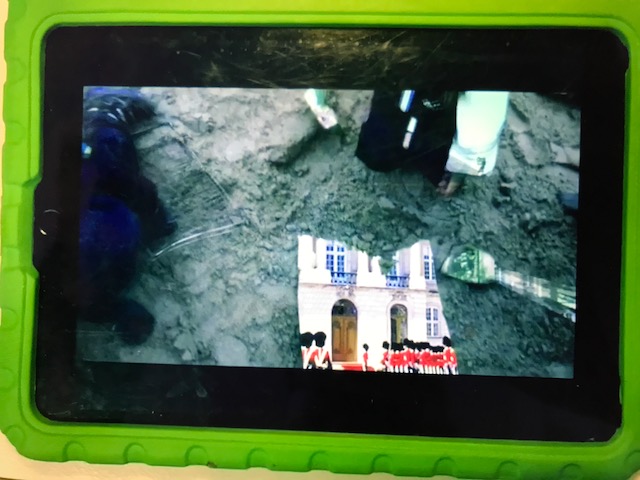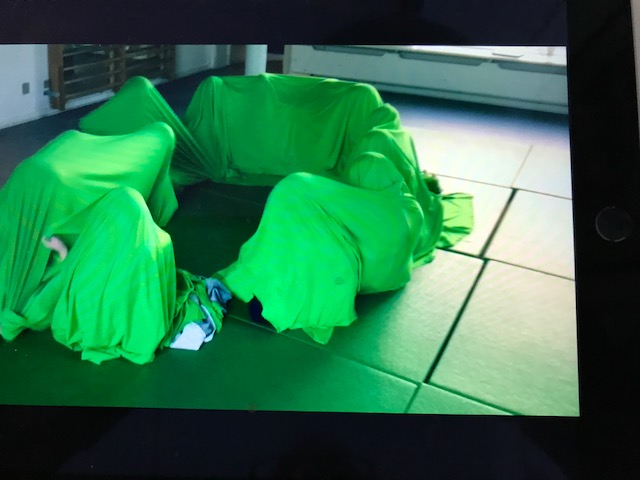Let´s Entangle – On digital materialities in kindergartens




Hi, Frank. You have been an educator of social educators for years in Denmark. And you have always advocated and demonstrated that digital media easily can become part of everyday practice in kindergartens combining screen and floor, media and body – also on an european level (Støvelbæk & MediaPLAYINGcommunities 2009). Well, here is a term, that might support that: Digital Materialities. It is defined like this, where “…the digital and the material are not separate but entangled elements of the same processes, activities and intentionalities.” (Pink, Ardèvol & Lanzeni 1:2016). The term is closely connected to the ideas of designing, making and intervening into the world, no matter is you are a designer, a maker or a researcher.
Paper & Screen
If a child and a pedagogue in a kindergarten together draw a drawing on a piece of paper and then takes a picture of this drawing with a mobile phone and uploads it on a social media for children and pedagogues in another kindergarten to see then you have in the very same process elements that are either digital or analogue. They can be separated but they belong together in the same cultural and pedagogical process with certain activities, exercises and experimenting while playing.
This small situation also points towards the entanglement of online and offline, synchronous and asynchronous. If you upload an image on a social media you might get a direct answer right away or you may not. If you are experimenting, narrating and playing on the floor, then you might use what somebody else has uploaded, as inspiration, challenge or support. The image might be in your memory as you play or you go and consult the image from time to time on a screen. In both cases screen and floor are connected.
Green Screen
Here is another situation: Some children and the social educator Elisabeth Mathisen in the kindergarten The Hobbit in Denmark were using a green screen app to examine the effects in images and videos such an app could bring about (Thestrup & Mathisen 2018). They were using the app, the tablet, large quantities of green cloth and all other green objects, they could use. The images in this text, are from that project. Have fun guessing how they did it. (Yes it is a teaser for the video to come…)
When they wrapped themselves into a large piece of green cloth while being filmed and combined with an image on the tablet, they were entangling the digital and the material while playing using body, space and technology . They were even in a process where their entanglement led to new ways of using the green screen app that at least I did not expect.
So, let´s continue to entangle and make our common future through that.
Best Klaus
Bibliography
Pink, S. Ardèvol, E & Lanzeni, D. (ed.) (2016). Digital Materialities – Design and Anthropology: Bloomsbury
Støvelbæk, F. & MediaPLAYINGcommunities (2009). MPC is what you see: MediaPLAYINGCommunities, Video documentary, localized 18.02.2018 on https://youtu.be/GtGHo5oXuUY
Thestrup, K. & Mathisen, E. (2018). The Green Screen Experiments: Global Experiments. Video documentary made for educational purposes as part of the EU-project Mini-makers (http://mini-maker.de/en/). Exp. 2018